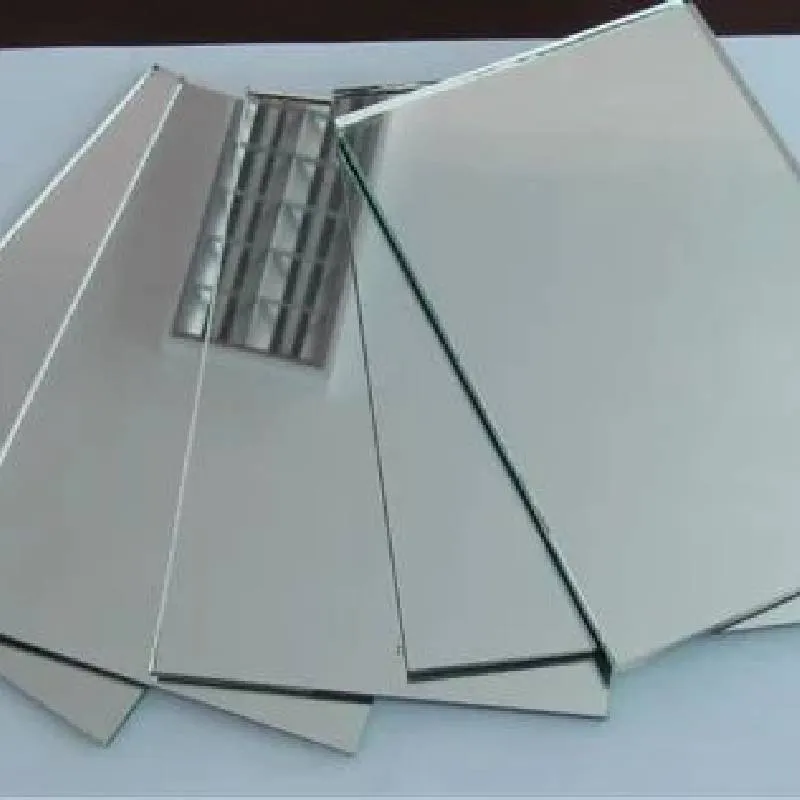

The Enigmatic World of Reflective Mirror Glass
Reflective mirror glass, a fascinating blend of art and technology, has increasingly captivated our attention in various sectors, from architecture to interior design. Its unique properties not only serve a practical purpose but also evoke creativity and innovation. This article delves into the multifaceted nature of reflective mirror glass, exploring its applications, aesthetic appeal, and the underlying science that makes it possible.
At its core, reflective mirror glass is essentially a glass substrate coated with a thin layer of metal, typically silver or aluminum. This coating allows the glass to reflect light, creating a mirrored surface. The reflective quality can be adjusted based on the thickness of the coating, allowing designers to tailor the glass’s properties to specific needs. This adaptability is one of the reasons why reflective mirror glass has found its way into numerous fields, from modern architecture to automotive design.
In architectural design, reflective mirror glass has become increasingly popular for creating stunning facades that blend harmoniously with their surroundings. Buildings adorned with this type of glass not only make a strong visual statement but also contribute to energy efficiency. By reflecting sunlight, these buildings can reduce glare and heat absorption, which helps maintain a comfortable internal environment while lowering energy consumption. The play of light and shadow created by the reflective surface can also transform the perception of urban spaces, making them appear larger and more dynamic.

In interior design, reflective mirror glass adds depth and elegance to various settings. Homeowners and designers often use mirrored surfaces to create a sense of spaciousness, especially in smaller rooms. Strategically placing mirror glass panels can open up a room, reflecting light and color while providing an illusion of more space. Moreover, the shimmering quality of mirror glass enhances the overall ambiance, imbuing spaces with a modern and chic aesthetic. From accent walls to furniture design, the versatility of reflective mirror glass is limited only by the imagination.
Beyond its aesthetic appeal, reflective mirror glass also has practical applications in technology. One of its most significant uses is in solar energy systems. Reflective glass is integral in Concentrated Solar Power (CSP) systems, where mirrors are used to focus sunlight onto a small area to generate heat, which is then converted into electricity. This application showcases the incredible potential of reflective mirror glass in tackling modern energy challenges.
Despite its many advantages, the use of reflective mirror glass also comes with certain considerations. Issues such as glare, privacy concerns, and thermal performance must be carefully addressed during the design process. Innovative solutions, such as incorporating smart glass technologies that allow for dynamic control of light and privacy, are emerging to overcome these challenges. These advancements ensure that reflective mirror glass remains a relevant and valuable material in contemporary design.
In conclusion, reflective mirror glass is a remarkable material that straddles the line between functionality and artistry. Its applications in architecture, interior design, and technology illustrate how a simple concept can evolve into a versatile solution for modern challenges. As we look to the future, the continued exploration of reflective mirror glass promises to yield even more innovative designs and applications, enriching our built environment and enhancing our everyday lives. Whether creating breathtaking skyscrapers or elegant interiors, reflective mirror glass undoubtedly reflects the brilliance of human creativity.